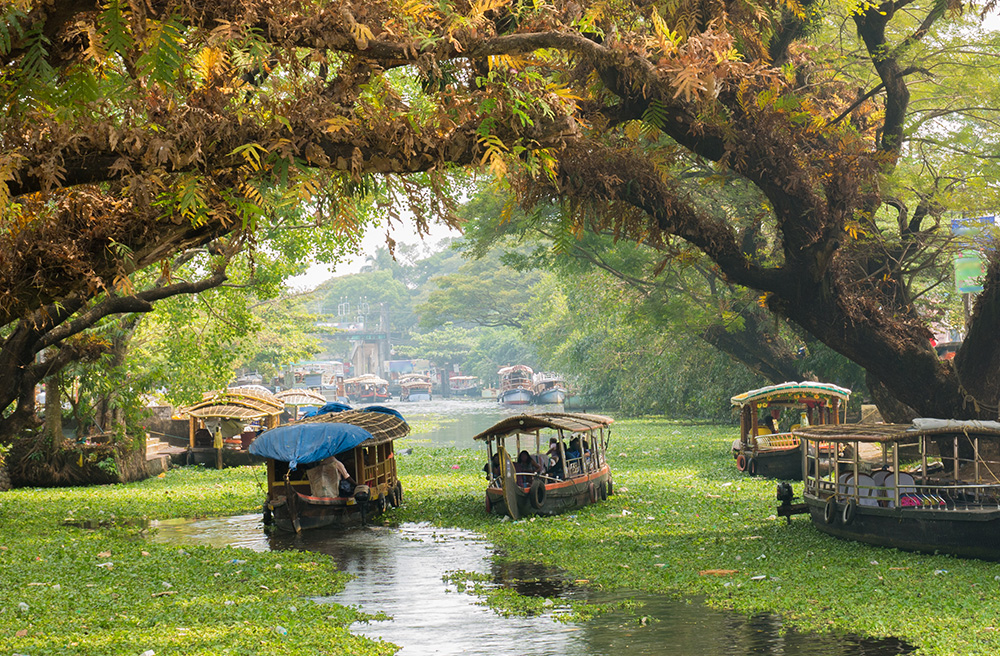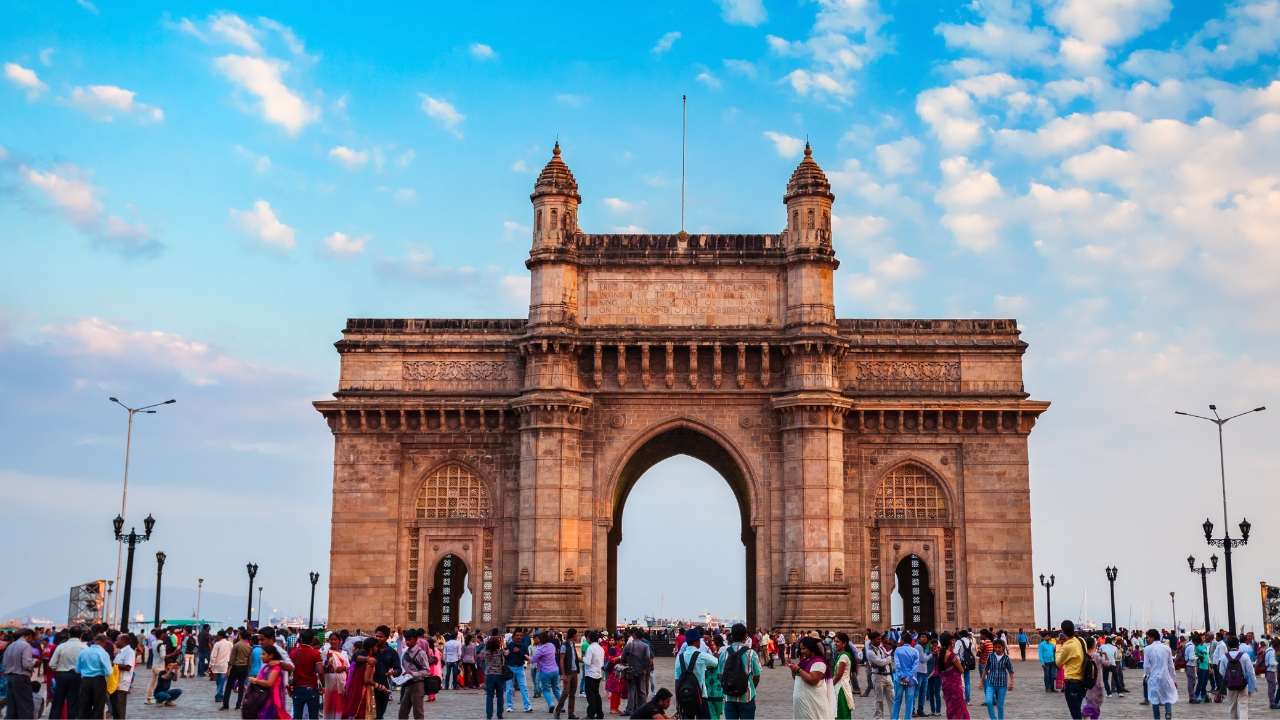

tales of travel
Stories, insights, recipes and more from all over Asia.
A Taste of Asia’s World-Class Restaurants
The prospect of eating well in Asia will mean a whole lot of different things to various folks. To some, diving into teeth-staining black-ink squid and vermicelli at the North Point wet market in Hong Kong or sipping on piping-hot canh chua(sweet and sour fish soup) from a street vendor in Saigon is the epitome of culinary divinity. To others, eating at a no-frills New Delhi restaurant that has served authentic northern Indian cuisine since the days of the last Mughal Emperor might be the pinnacle of food enjoyment.
There’s no question that Asia possesses some of the most exciting food exploration available anywhere. Vibrant and colorful wet markets, a mecca of street food options and mom-and-pop operations that have consistently crafted authentic regional recipes over the span of generations, your travels throughout Asia will inevitably cross paths with culinary exploration that taps into the continent’s varied and traditional food culture.
However, thinking that food culture in Asia is simply about tradition disregards the ingenuity and innovation that paved the way to Asia emerging as a veritable haute cuisine hub. Home-grown chefs have redefined amazing regional food by creatively employing modern culinary approaches to push the boundaries of what defines traditional fare. Renowned Western chefs have flocked to Asian countries to coax local produce and regional flavors into some of the finest modern cuisine on the planet.
With this ground-swell of innovation and the positive response to it, it’s no surprise that some of the best restaurants in the world are located on the Asian continent. These are the best of the best restaurants in Asia. Here’s how they’re making a mark on the gastronomic world.
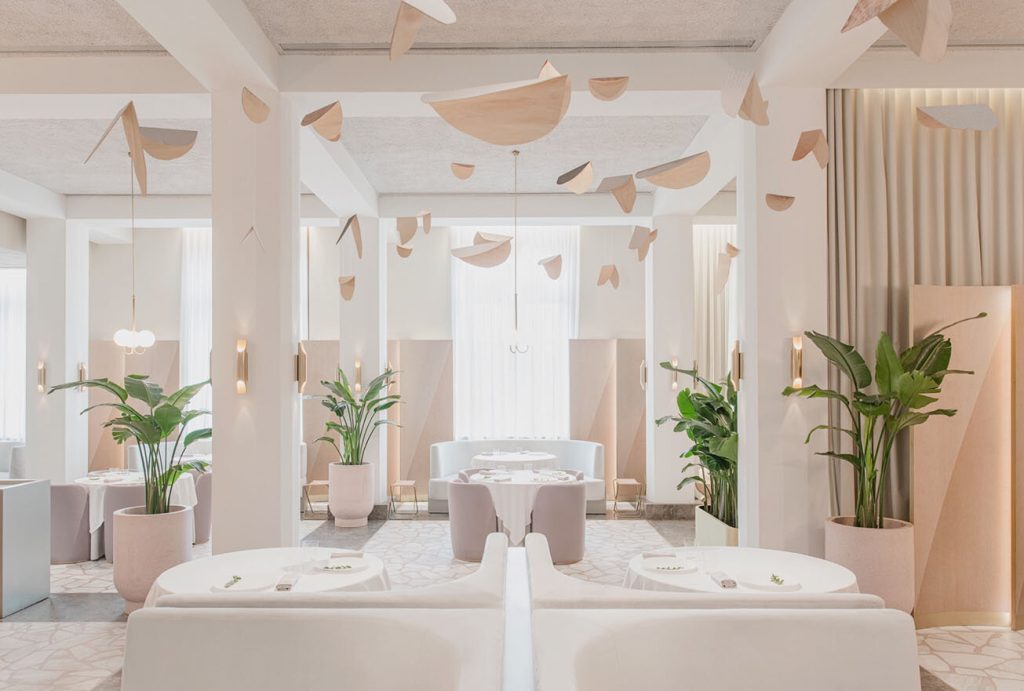
Odette
Singapore
When French chef Julien Royer left Jaan at Swissotel The Stamford in Singapore to start Odette in the National Gallery Singapore in 2015, the culinary world noticed. Since then, Royer’s Odette has received floods of accolades, earning two Michelin stars in just a year after opening and blasting its way to the coveted first place on the Asia’s 50 Best Restaurants list in 2019.
Odette straddles contemporary French cuisine with some Asian touches to create contrasting flavors and combinations. Royer personally curates the four, six or eight course menus which get updated frequently. Dishes like trout and grilled octopus, served with romanesco broccoli spritzed with a miso caramel, underscore traditional French preparation that includes a hint of Asian flare. Regardless of what’s on the menu, you can expect a beautifully crafted meal from one of the world’s best restaurants.
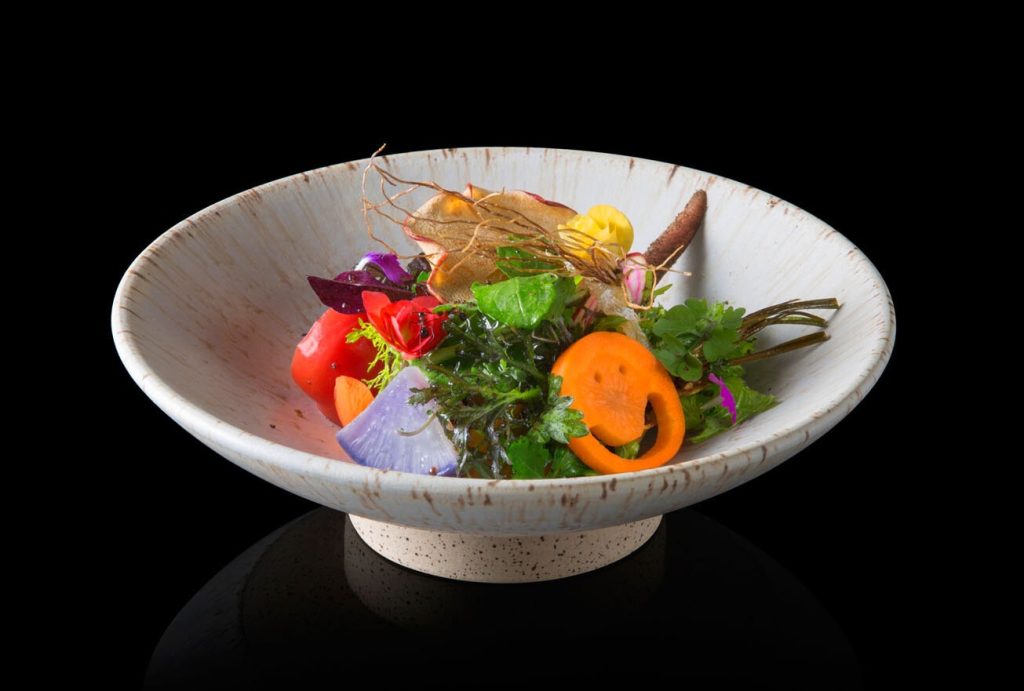
DEN
Tokyo, Japan
Fans of Japanese cuisine will be familiar with kaiseki, a traditional Japanese meal format that follows a series of small delicate dishes. Chef Zaiyu Hasegawa turns tradition on its head through a charming and humorous approach to a traditional meal-style with dishes like a “Den-tucky” fried chicken and hidden messages in various plates. Despite the cheeky approach to his fare, have no doubts – Hasegawa’s food is well deserving of DEN’s two Michelin-stars.
The cuisine at DEN shines brightest, but hospitality certainly doesn’t take a back seat. Chef Hasegawa’s mother was a geisha and the restaurant’s staff incorporates the finest in Japanese courtesy before, during and after the meal.
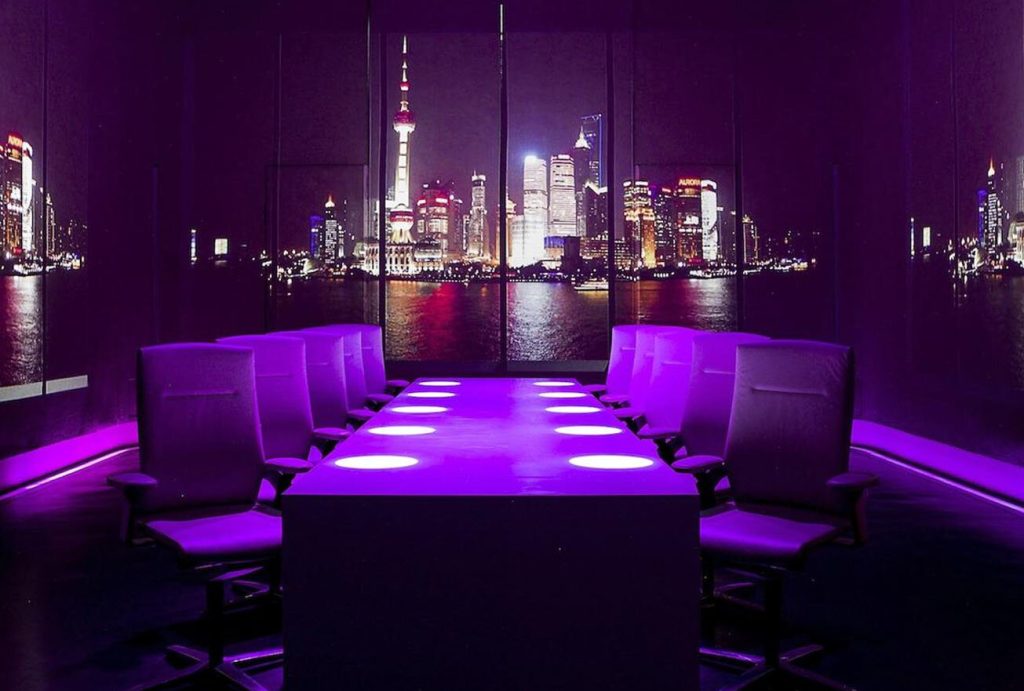
Ultraviolet by Paul Pairet
Shanghai, China
Centered around a dining room that features an austere dining table for 10, no discernable decorations, lighting that is controlled remotely by restaurant staff, air turbines that route specific scents throughout the evening, video and audio elements, Ultraviolet could almost be mistaken as an avant-garde and stylish take on an underground lair for Dr. Evil from the Austin Powers movies!
The brainchild of French chef, Paul Pairet, Ultraviolet is a private drama that unfolds across the span of 20 courses. The secretive affair begins after 10 patrons are delivered by a minibus to a dark alleyway. Whisked through a non-descript door, diners are guided to their seats. The dining room evolves in appearance, ambiance and scent throughout the meal. Chef Pairet’s courses are clever and sometimes deceptive, with dishes such as “Foie Gras Can’t Quit” which mimics a cigarette perched on an ash-tray filled with ash, but is actually a crisp fruit roll filled with foie gras, along with ashen-like black cabbage. While this certainly is creative, it’s delicious as well. Ultraviolet by Paul Pairet has earned 3 coveted Michelin-stars.
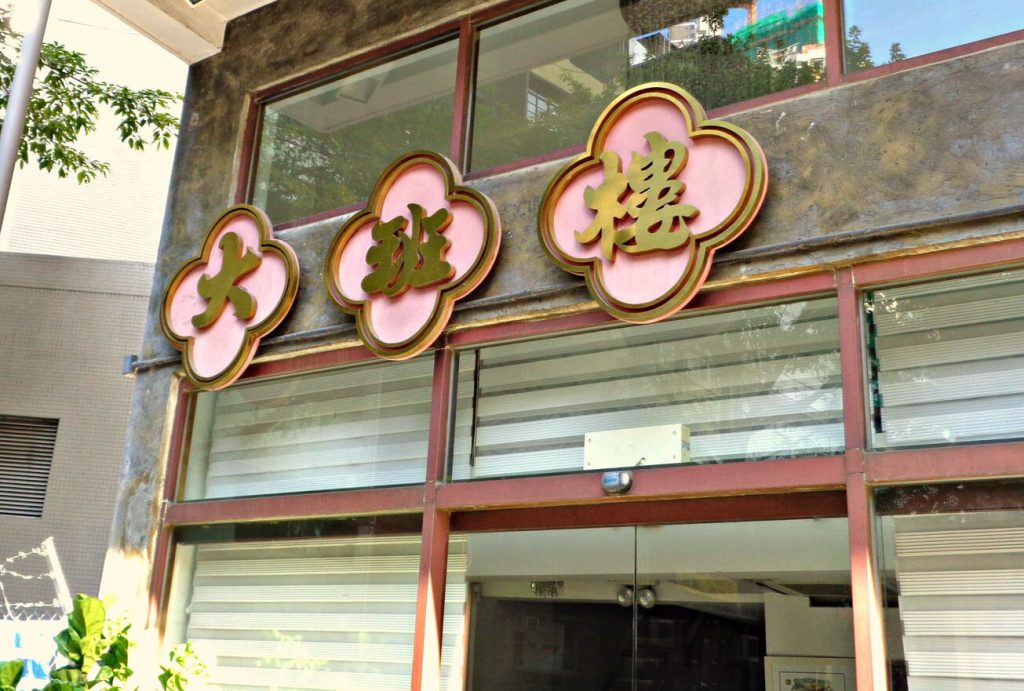
The Chairman
Hong Kong
There are superb restaurants that are so devoted to the classics, the intention is to elevate traditional cuisine through sourcing of the finest ingredients possible and to pay homage to age-old, time-intensive techniques of food preparation. Hong Kong’s The Chairman, is a prime example of this approach.
Chef Kwok Keung Tung relies on vegetables from The Chairman’s own organic farm in Hong Kong’s New Territories and sources all seafood and meat from local suppliers and fisherman. While the cuisine is decidedly classical Cantonese, each dish features a unique ingredient – like lemon peels fermented for 20 years and aged huadiao wine. Chef Tung’s most famous dish, a steamed flower crab, is so popular – you’ll need to pre-order it in advance. Rated as the best restaurant in Hong Kong and one of the best in Asia by Asia’s 50 Best Restaurants list, The Chairman is hitting all the right notes with diners and critics alike.
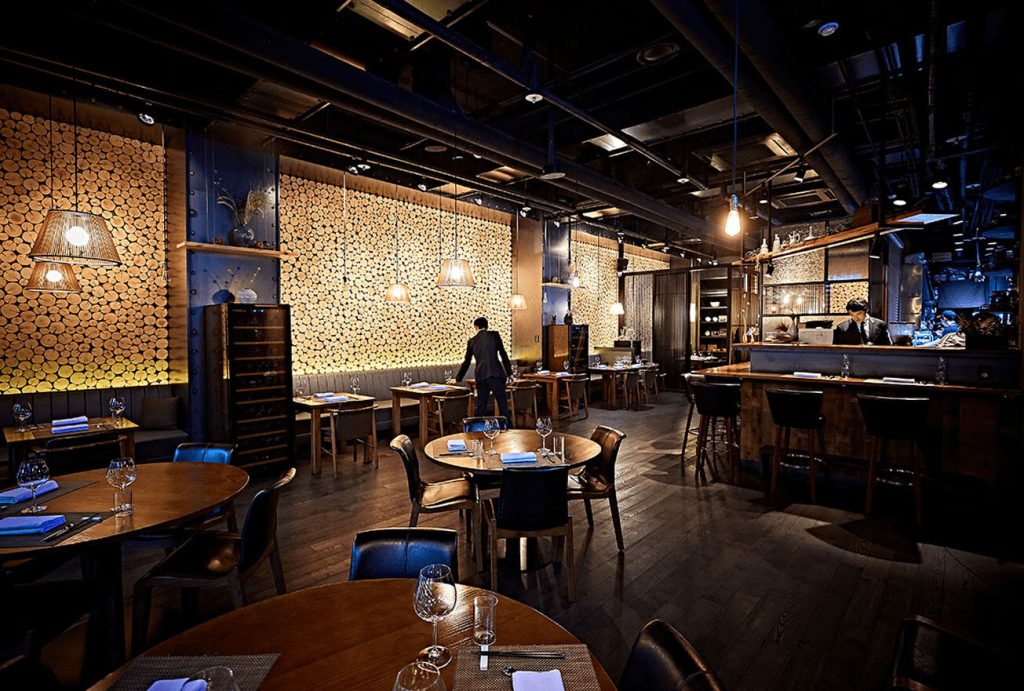
Mingles
Seoul, South Korea
Through its name alone, Mingles tips its hat toward its fusion intensions of mingling French, Spanish, Japanese flavors and cooking style with Korean cuisine. Located in the bustling Cheongdam-dong district of Seoul, the restaurant has been enjoying high praise from local and international diners since 2014. Chef Mingoo Kang’s culinary chops were earned under the tutelage of renowned Spanish Chef Martín Berasategui and a tour of duty at the popular Nobu restaurant in Miami.
Chef Kang creates seasonal menus that best present his modern interpretation of Korean cooking. The end result are dishes that combine classic preparation with unexpected flare. Dishes like a green pumpkin and zucchini prepared in anchovy broth and crème brûlée served with traditional Korean sauces underscore Chef Kang’s creative approach. Mingles has been on the Asia’s 50 Best Restaurants list since 2016 and has been rated the best restaurant in Korea for four years running.
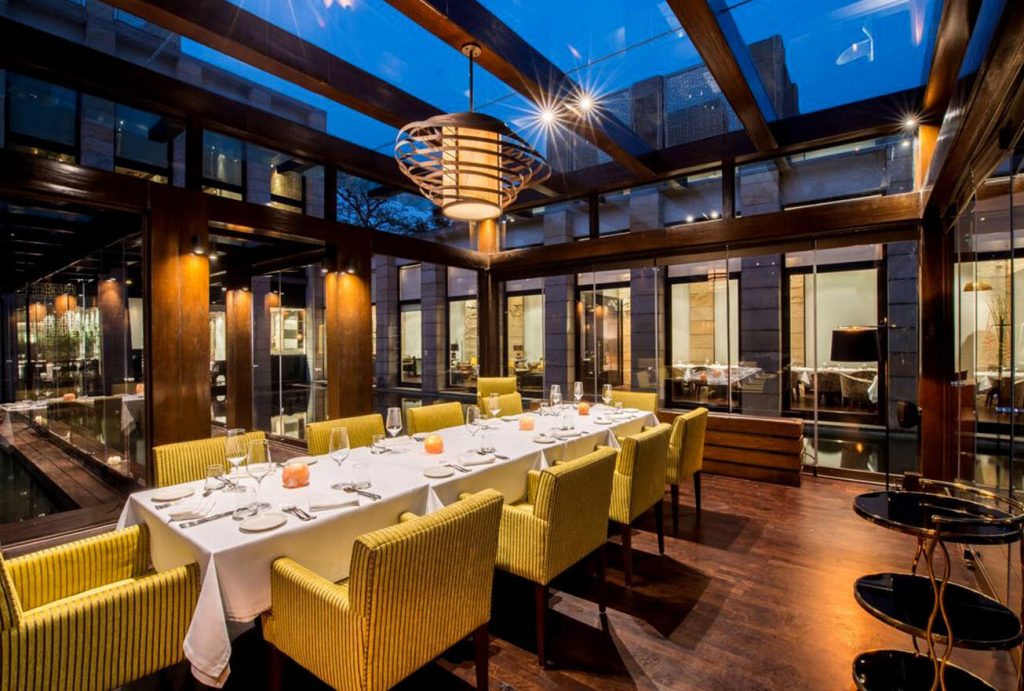
Indian Accent
New Delhi, India
Indian Accent has defined what modern Indian food can and should be. Manish Mehrotra, a reality TV star of Foodistan (cooking game show) and chef, has wowed patrons of Indian Accent with Indian cuisine that is modernly interpreted and even unexpected. Dishes like Scottish salmon served with a masala miso or chili hoisin duck kulchas (flatbread), Chef Mehrotra pushes the boundaries of Indian flavor combinations and preparation.
With accolades such as a 5th consecutive listing in the annual Asia’s 50 Best Restaurants list, best rated restaurant in India by TripAdvisor since 2014 and the top restaurant in India ranking by Condé Nast Traveler, Indian Accent is an experience you won’t want to miss.
—-
ATJ believes that culinary exploration is an important part of cultural immersion. Local gastronomy reveals so much wonderful detail about regional produce, food/flavor preferences and the creativity of local chefs. Start planning your delicious journey today with ATJ and learn why we provide a Journey Beyond the Ordinary™.
sign up for our
Newsletter
Stay current with all the latest being offered from ATJ, as
well as updates on Asia Destinations.













